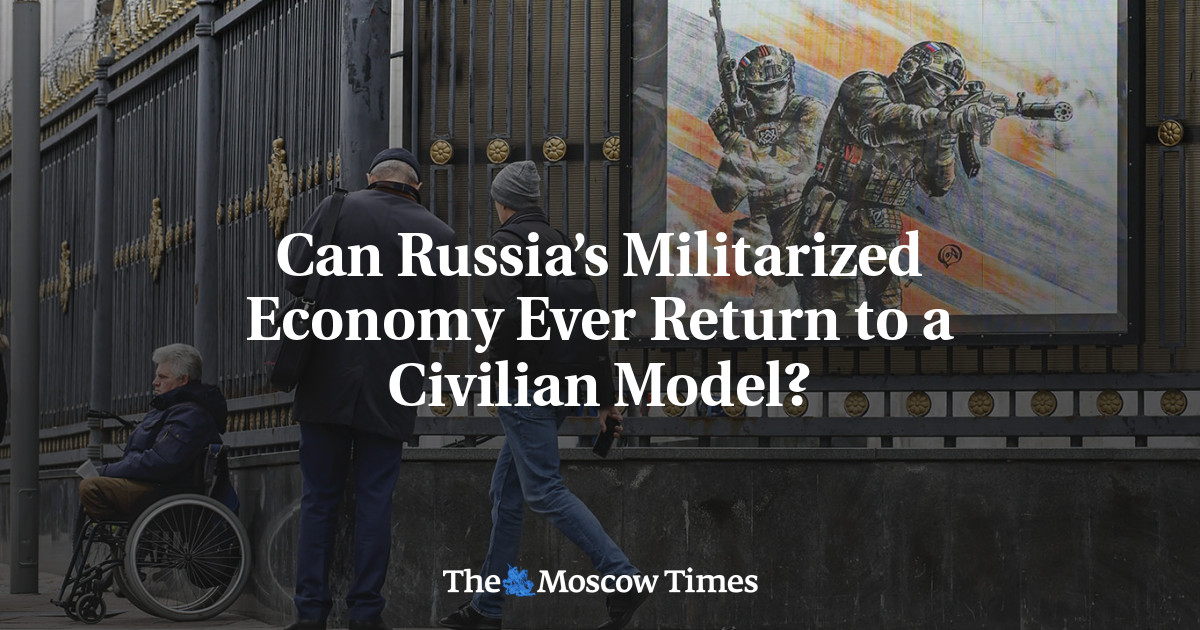Russia’s full-scale war against Ukraine has lasted almost as long as the Soviet involvement in World War II and seems endless. But it must end sooner or later. Then Russia will face the task of putting its entirely militarized economy back onto a civilian footing and redistributing demand from military to civilian industries. At least, that is what the government’s economic bloc and the Central Bank would like to see, having warned repeatedly of accumulating risks and the threat of stagnation. President Vladimir Putin, however, seems determined to keep waging war until he is victorious, regardless of sanctions, high inflation, a decline in living standards and structural imbalances. The conversion of the defense industry back to the production of civilian goods is not a priority, even if the war in Ukraine were to end in the foreseeable future. On the contrary: the Kremlin plans to rearm the military and replenish its depots, which will maintain demand for military-industrial complex products for at least the next three years. There are certainly solid reasons for such a choice. Even if Putin wanted to return to a peacetime economy, the Kremlin has staked everything on the military sector and the mobilization model over the past three years, resulting in Russia becoming caught in a stagnation trap with low growth rates and chronic internal imbalances. Any attempt to rapidly cut spending will result in collapse. But nor can the military machine be fed indefinitely. Sooner or later, Russia will have to travel the difficult path back to civilian life through a synchronized restructuring on all fronts.
opinion How Russian Parents Can Protect Their Children From Indoctrination in Schools Read more
Over the past three years
Continue Reading on The Moscow Times
This preview shows approximately 15% of the article. Read the full story on the publisher's website to support quality journalism.
